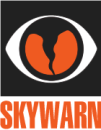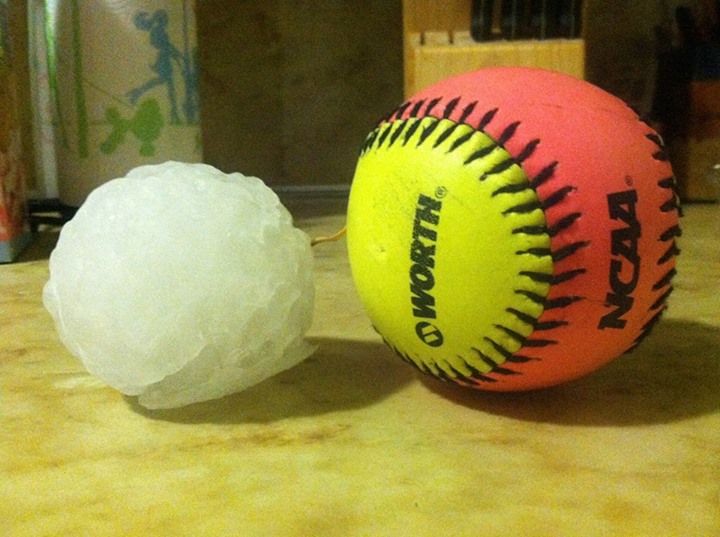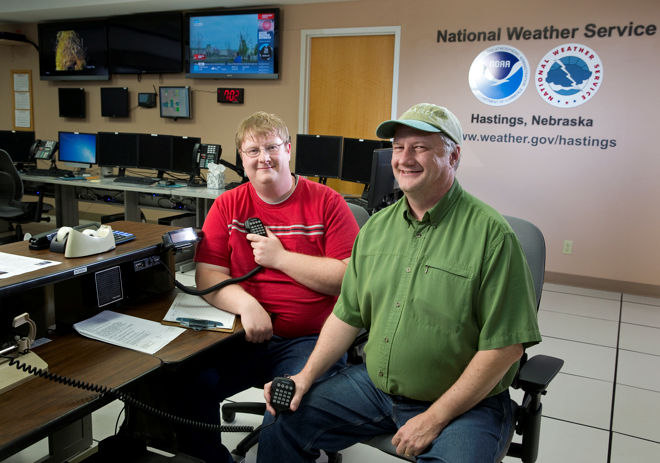| Training Schedule | About Spotters | What To Report | Amateur Radio | Becoming A Spotter | FAQ | Resources |
Spotter Training Classes (Back to top)
|
||
About Storm Spotters (Back to top)
Real-time reports are critical in issuing warnings and saving lives. That’s an indisputable fact. Spotters are provide this real-time ground-truth of local conditions - such as hail size, wind speed, tornado development, and local damage - to help warn the public. Even as new technology allows the National Weather Service to issue warnings with greater lead time, spotters will always serve as a critical link between radar indications of severe weather and what’s happening on the ground. |
|
|
Who are spotters? Virtually every community has some form of spotter network. Often, local fire and police personnel are trained to observe and report severe weather, partly due to their extensive radio communication and 24-hour operations. Citizens may also be an active part of the spotter network, some with an avid interest in the weather and many without. Some spotters are amateur radio operators. All share a sense of responsibility to their neighbors. What is Skywarn? SKYWARN is a program sponsored by the National Weather Service. The program is made up of thousands of volunteers who attend regular training and then scan the skies of their communities identifying and reporting critical storm information. These volunteers, sometimes organized under the SKYWARN banner in the U.S., are typically trained by NWS forecasters to be the eyes and ears of both the warning forecasters and the local public safety networks. |
 |
What to Report (Back to top)
Important points to remember during severe weather:
|
 Photo of softball hail in Grand Island by Breanna Morse. Photo of softball hail in Grand Island by Breanna Morse. |
|||||||||||||||||||||||||||||||||||||||
|
|
||||||||||||||||||||||||||||||||||||||||
Amateur Radio and Storm Spotting (Back to top)
|
 HAM Radio operators at NWS Hastings. Photo credit to Grand Island Independent. HAM Radio operators at NWS Hastings. Photo credit to Grand Island Independent. |
Become a Spotter in the NWS Hastings Area (Back to top) |
||||||||||
|
So you are interested in becoming a storm spotter for the National Weather Service in the Hastings area. That's great! Now you are wondering how to get started. Well, you've come to the right place! Here are the steps:
|
Frequently Asked Questions about Storm Spotting (Back to top) |
|
Who are Storm Spotters? Why become a storm spotter? What is Skywarn? Do spotters “chase” storms? Do spotters need special tools or equipment? How do I become a community storm spotter? How do I become a spotter in the Hastings service area? Is there an age requirement for attending a class or becoming a spotter? What training is required? When will a class be offered in my community? Can I attend a class in another area? How often should I retrain? Can I take spotter training online instead of attending a class? I don't want to be a spotter. Can I attend a class anyway? Can I schedule a spotter training class for my group? What do spotters report? |
Resources for Storm Spotters (Back to top)
|